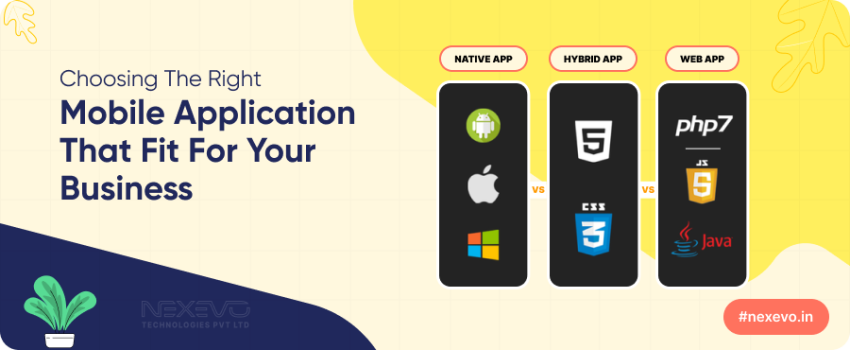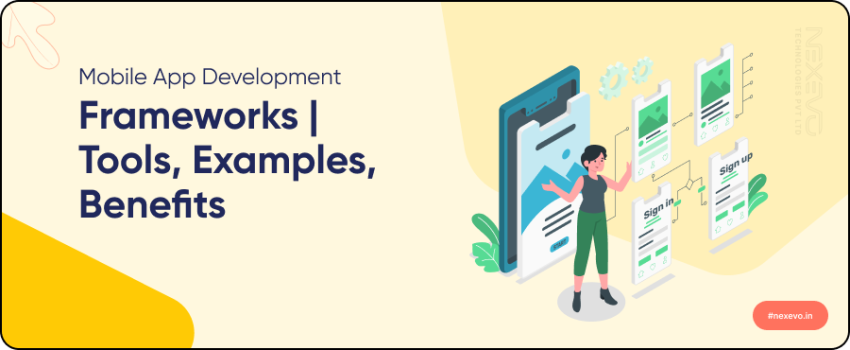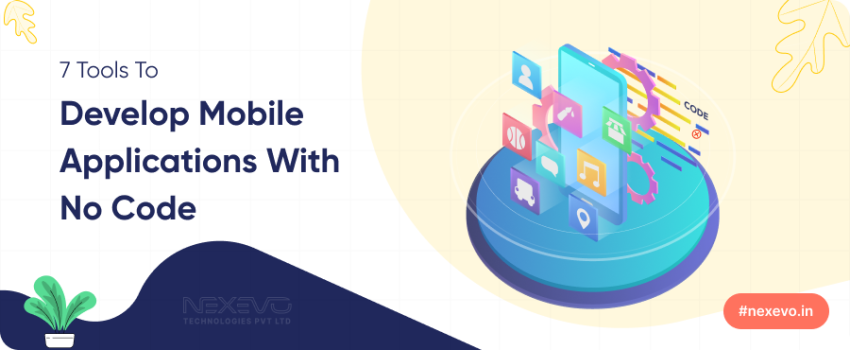A Guide to Developing Mobile Apps: From Ideation to Launch in 4 Easy Steps

Mobile app development has become an essential aspect of the digital landscape, transforming the way we interact with technology. From social media platforms to productivity tools, mobile apps have become integral to our daily lives. But what exactly is mobile app development, and what should you know before diving into this exciting field?
Mobile app development refers to the process of creating applications that run on mobile devices, such as smartphones and tablets. It involves a combination of software development, design, and user experience considerations. Developing a mobile app requires a systematic approach, starting from ideation to deployment and ongoing maintenance.
Step 1 - Ideation & Conceptualization
The mobile app design process begins with a crucial step: ideation and conceptualization. This phase sets the foundation for your app development journey by defining the problem statement, brainstorming ideas, and creating a concept document.
To start, it's essential to identify the problem or need your app will address. Consider the target audience and their pain points. What challenges can your app solve or what value can it provide? Defining a clear problem statement will guide the entire app development process.
Once the problem is identified, it's time to brainstorm and ideate on a concept for your app. Gather a team, including designers, developers, and stakeholders, and encourage them to share their ideas. Brainstorming sessions can generate a range of innovative concepts and features for your app.
After brainstorming, it's crucial to create a concept document. This document outlines the app's purpose, features, user experience, and overall vision. Include wireframes, mockups, and user flow diagrams to visualize the app's structure. The concept document serves as a reference point throughout the development process, ensuring everyone is aligned on the app's direction.
Remember, the ideation and conceptualization phase lays the groundwork for your mobile app. Invest time and effort into defining the problem statement, brainstorming ideas, and creating a concept document. This preparation will set you on the path to success as you move forward with app development.
Step 2 - Designing the User Interface & User Experience
In the mobile app development process, designing a captivating user interface (UI) and delivering an exceptional user experience (UX) are paramount. This step focuses on creating an intuitive and visually appealing app that engages users effectively.
To start, leverage wireframing tools specifically designed for mobile apps. These tools enable you to sketch out the app's structure, layout, and navigation. They provide a visual representation of how different screens and features will interact, helping you refine your design before moving to the development stage.
When designing the UI, it's crucial to adhere to established user interface design principles. Consider factors such as consistency, simplicity, and visual hierarchy to ensure a seamless user experience. Use appropriate typography, color schemes, and icons that align with your brand identity and enhance usability.
In parallel with UI design, conduct UX research to understand user needs and expectations. This can involve techniques like user interviews, surveys, and usability testing. Gathering insights from potential users helps identify pain points, preferences, and opportunities for improvement, ultimately leading to a successful user experience.
Throughout the design phase, iterate and refine your designs based on feedback and user testing results. Continuously evaluate the usability and effectiveness of your app's interface to enhance its overall quality.
By focusing on designing an intuitive UI and a compelling UX, you can create a mobile app that captivates users and keeps them engaged. Leverage wireframing tools, follow UI design principles, and conduct thorough UX research to ensure your app delivers a seamless and enjoyable user experience.
Step 3 - Developing the Backend System & Integrating APIs
As you progress in the mobile app development process, the next critical step is to develop the backend system and integrate necessary Application Programming Interfaces (APIs). This step ensures that your app functions smoothly and connects with external services and databases.
To streamline backend development, consider leveraging Mobile Backend as a Service (MBaaS) platforms. MBaaS providers offer pre-built backend functionalities, including user authentication, data storage, and server-side logic, saving you time and effort in building these components from scratch.
Integrating APIs is another crucial aspect of app development. APIs allow your app to interact with external services and access data, expanding its functionality. Utilize third-party API integration tools specifically designed for app development to simplify the integration process. These tools often provide libraries and SDKs that facilitate seamless communication between your app and the APIs.
When integrating APIs, prioritize security and data privacy. Ensure that proper authentication and encryption measures are in place to protect user information and maintain the integrity of your app.
Regular testing and monitoring are essential during backend development and API integration. Thoroughly test the integration of APIs and backend functionalities to identify and resolve any potential issues or bugs.
By focusing on developing a robust backend system and seamlessly integrating APIs, you can enhance your app's functionality, scalability, and overall performance. Leverage MBaaS platforms and API integration tools to streamline the process and ensure a smooth user experience.
Step 4 - Testing and Debugging Your App
Testing and debugging are crucial steps in the mobile app development process, ensuring that your app functions seamlessly and meets the highest quality standards. It focuses on thorough testing and effective debugging to identify and fix any issues before the app is released to users.
Begin with comprehensive functional testing, examining every feature and functionality to verify that they work as intended. Test each user interaction, form submission, and data retrieval to ensure a smooth user experience. Additionally, perform compatibility testing across various devices and operating systems to ensure broad accessibility.
Performance testing is equally vital, assessing the app's speed, responsiveness, and resource usage. Identify and address any bottlenecks, memory leaks, or excessive battery consumption to optimize the app's performance.
Throughout the testing process, pay close attention to the user interface (UI) and user experience (UX). Evaluate the app's usability, accessibility, and overall design to ensure a pleasant and intuitive user experience. Incorporate user feedback and iterate on your designs to enhance the app's usability further.
When issues arise during testing, dive into effective debugging techniques to identify the root causes. Utilize debugging tools and error tracking mechanisms to locate and fix bugs, crashes, or other unexpected behavior.
Repeat the testing and debugging cycle until your app reaches the desired level of quality and functionality. Regular updates and continuous improvement based on user feedback and emerging technologies are essential to ensure your app's ongoing success.
By investing time and effort in thorough testing and effective debugging, you can deliver a robust, reliable, and user-friendly app that exceeds user expectations.
Conclusion: Developing a mobile app can be an exciting and rewarding journey, but it requires careful planning and execution. In this guide, we explored the four essential steps involved in developing mobile apps: ideation and conceptualization, designing the user interface and user experience, developing the backend system and integrating APIs, and testing and debugging.











